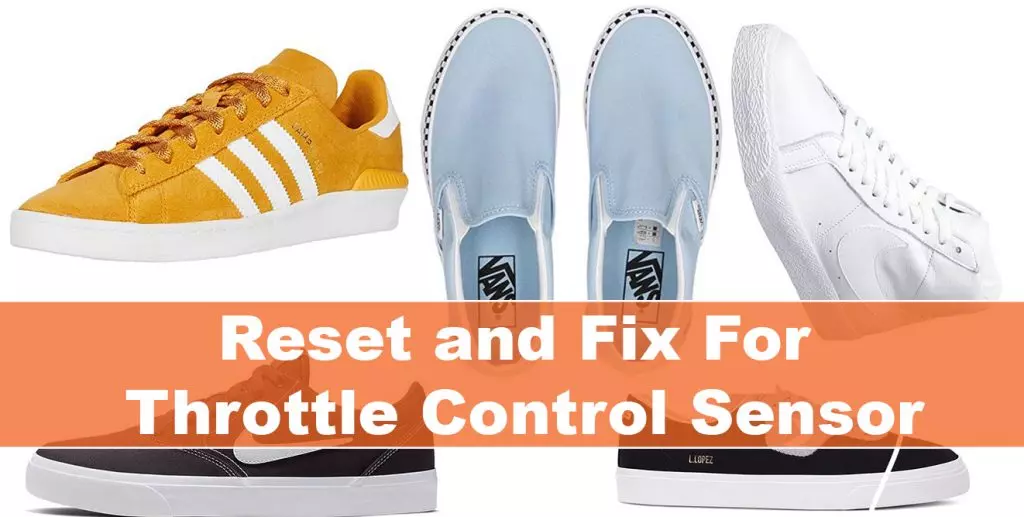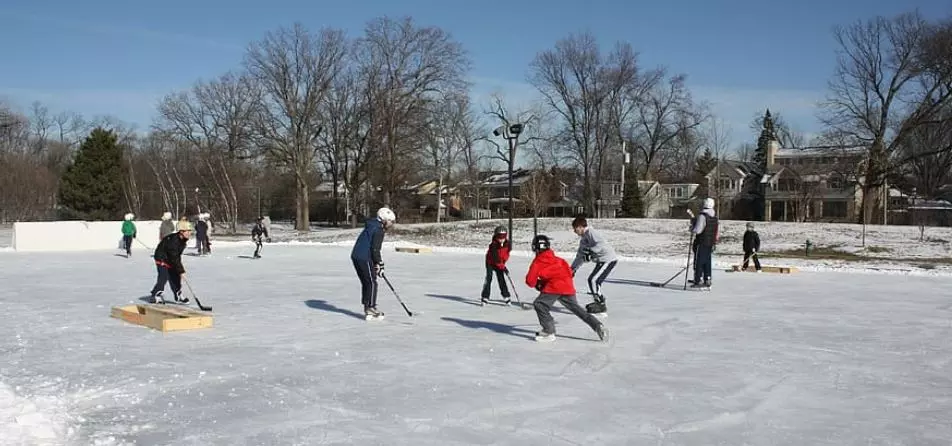Last updated on January 22nd, 2022 at 12:42 pm
If you like to learn How to improve figure skating skills without ice or maybe you want to know what are the best ice skating exercises for beginners; then this post is for you. Practicing figure skating without ice appears to be a far-fetched concept. Skating without ice may appear to be impossible. What’s more, guess what? Everything is possible! Skating does not necessitate being on the ice. we are also going to consider the Seven best ice skating exercises for beginners that help train you at home or anywhere without ice.
Rollerblading and ice skating are related to skating disciplines in that they use similar stop and turn skills. As a result, you can practice these movements on rollerblades before moving to figure skates.
This is only a scuff on the surface. The rest of this blog goes into greater depth about practicing skating without ice. So whether you like figure skating, hockey, speed skating, or recreational skating, I’ve got you covered.
Here are some of the subtopic categories we will be discussing thing this article:
- How to improve figure skating skills without ice
- What are the best ice skating exercises for beginner
- Seven best ice skating exercises for beginners
How to enhance figure skating skills without ice
How to enhance figure skating skills without ice
1. Rollerblading is a great way to stay in shape.
What’s the difference between figure skating and rollerblading? You could be perplexed. The truth is that figure skating and rollerblading have more in common than differences. So, what exactly does this imply? The short, simple answer is that you can practice figure skating techniques on rollerblades and improve over time. Furthermore, because rollerblading is done on dry land, you have a variety of places to go rollerblading.
Figure skating and rollerblading, for example, involve similar skating tactics such as bending stance, stopping, and turning. When figure skating, these practices are essential for your survival and safety. The good news is that you can practice them on rollerblades instead of ice skates.
The proper posture is skimming with bent knees above the toes and shoulders over the hips. All skating disciplines, including skateboarding and roller skating, adopt this technique.
Skating stops or slows down is an important skill to master. Figure skating can benefit from the same stopping tactics employed in rollerblading. Some are snowplow braking, t-stop, power slide braking, soul slide braking, and power stop.
The breakdown
Furthermore, when figure skating or rollerblading, safe falling is a terrific method to come to a halt. It’s a valuable method for novice and intermediate skaters who have trouble learning the different stops.
Finally, you can use rollerblades to practice different turn methods like cross-overs and flat spins before applying them to figure skates when you return to the rink if you’re new to rollerblading, as you would think.
Figure skating and rollerblading are both skating disciplines that are remarkably comparable in every manner. So, if you already know how to skate on ice skates, utilizing rollerblades once in a while should be relatively straightforward. The first time, though, maybe a pain. The good news is that it will improve over time.
Other advantages of rollerblading that are similar to those of figure skating include:
- Muscle development and coordination across the entire body.
- Excess body fat burnt.
- Cardiovascular and aerobic systems have improved.
Related article; How to get better at ice skating off-ice + 11 off-ice exercises to improve figure skating.
2. Experimenting with Speed Skating Dry Land Training and Exercises
Dryland training is a method of figure skating practice utilized mainly by speed skaters who do not have access to rinks. It is convenient and aids in staying in shape for figure skating.
The good news is that you can practice figure skating, hockey skating, and leisure skating without ice by using dryland training routines. Strengthening, fitness, balance and stability, rotation, and flexibility are all advantages of dryland training activities.
Because figure skating engages all of the body’s muscles, they serve to strengthen them all. Stronger muscles can tolerate the rigorous nature of speed figure skating. That is why you require them to be more powerful. The good news is that dryland training routines can help you achieve this.
Figure skating necessitates a high level of fitness. To accomplish the recommended skating stance, which entails being in a bent posture for an extended period, you must be in excellent physical condition. You must also be physically fit for superior maneuverability.
When figure skating, balance and stability are vital since they help you avoid falling and injury. When ice skating, you also need strength to sustain speed. Dryland workouts can significantly aid in the development of your balance and stability.
Dryland workouts, such as spins in figure skating, are excellent for enhancing your figure skating rotation skills. Finally, dryland training aids in achieving a high level of body flexibility when skating both outside and inside. The most pleasing thing is that it works for all types of figure skating.
A slider board and slide board booties are required, which you may get online or at your local store. Applying oil to the slider board will make it more slippery, allowing for even smooth glide motions. The classic speed skater, mountain climber, reverse lunge, front lunge, and side lunge are some of the dry land activities to attempt on your slider board.
Be sure to watch the video on the best ice skating exercises for beginners;
If you’ve never skated before or been out of practice since last Christmas, getting on the rink can be intimidating. But don’t worry, we’ve put up a list of our top ten rink recommendations to help you make the most of your time there.
General Tips on how to Ice Skate by yourself:
1. Prepare yourself for success.
When ice skating, it’s critical to dress appropriately. Wear comfortable, casual clothing that you can move around in – some soft slacks and a festive sweater would be ideal! Carry some thick socks to wear with your skates to minimize blisters, and always remember to bring a pair of gloves to keep you warm in the cold and protect your hands from any falls.
2. Check to see if your skates are the correct size.
Skates that are too wide put you at risk of twisting your ankles, and skates that are too little put you at risk of developing painful toes rapidly, so choose the proper size when you arrive at the rink. Don’t be scared to try on a few different sizes to ensure an excellent fit!
3. Make sure your skates are adequately secured.
It’s just as vital to get the right size skates to get them fastened correctly. Your skates should be snug and secure; this will help you feel comfortable and firm on the ice, as well as prevent your feet from turning inwards. Before you hit the ice, make sure your skates are comfy.
4. Don’t rush.
If you’re a newbie, take your time and don’t put too much pressure on yourself when you first step onto the ice. Begin by holding on to the side barrier and marching in short steps. It will aid your balance and allow you to become accustomed to the sensation of ice beneath your skates. Try gliding for a lap or two while holding on to the barrier or someone’s hand, and then let go and glide when you’re ready.
5. Observe the rink’s rules.
Every ice rink has a set of rules that visitors must adhere to to keep everyone safe and avoid accidents. One of the most crucial is to skate in the correct direction, which is anti-clockwise at Norwich Ice Rink. You can find restriction posters around the rink, so familiarize yourself with them before you begin skating.
Related article: How to Practice Figure Skating Without Ice.
What are the best ice skating exercises for beginners
when it learning to skate as a beginner you will need to start by engaging in the following best figure skating exercises: 1) Kettlebell Goblet Squat exercise, 2) Reverse Lunges exercise, 3) Single Leg Deadlifts exercise, 4) Seated Torso Twist exercise, 5) Yoga, and stretching exercise. These are all crucial workouts for your fitness that will help you achieve the perfect jump and motions required to master skating over time as a beginner skater.
These 7 best ice skating exercises for beginners stakers include:
- Kettlebell sumo squat/kettlebell goblet squat
- Lunges in reverse
- Deadlifts for a single leg
- Twisted seated torso
- Most importantly, stretching
- Bridge with one leg glute
- Squats for Cossacks
Final Thought: Cross-training with a similar skating discipline like rollerblading is the most excellent approach to practice figure skating without ice. The ideal skating stance, stopping, and push and glide methods are similar in rollerblading and figure skating. You can practice these methods on rollerblades before being used at a figure skating rink. You can conduct dry land training routines that simulate figure skating if you want to cross-train with rollerblading.





